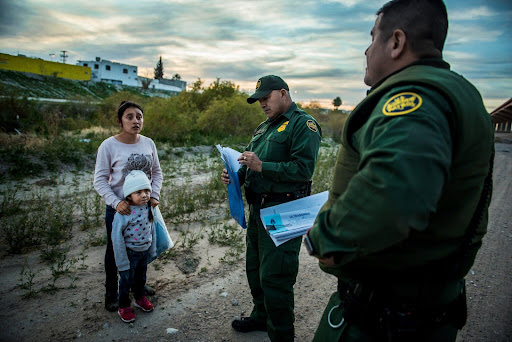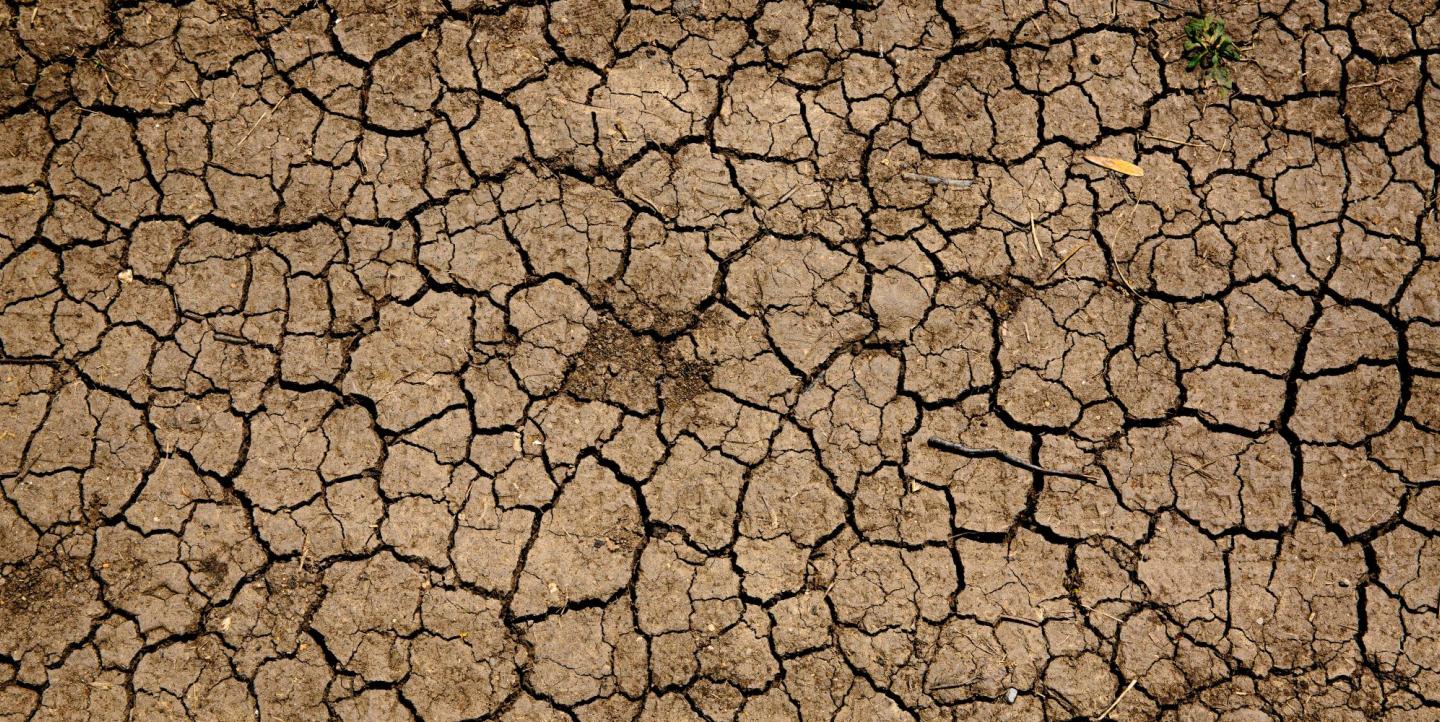Data has become a springboard for journalists on the frontlines of the climate refugee crisis. It points them to weather emergencies in hot zones like South Asia and Central America, and to humans facing misery and despair.
Jorge A., a Guatemalan farmer, lost his corn crop to floods. He planted okra, but a drought killed it off. He feared if he didn’t get his family out, they too might die.
Jorge’s story was told in gripping detail in a data-driven investigation in 2020 by ProPublica in partnership with The New York Times Magazine. Presented as a visual essay, “The Great Climate Migration Has Begun” explored how changes in population patterns could lead to catastrophe and cited scenarios of how this crisis might play out.
The joint venture, supported by the Pulitzer Center, had an overarching strategy: To model, for the first time, how climate refugees might move across international borders. The modeling informed the journalist’s findings and “possible general pathways for the future.”
“Should the flight away from hot climates reach the scale that current research suggests is likely, it will amount to a vast remapping of the world’s population,” wrote ProPublica’s senior environmental reporter Abrahm Lustgarten, the investigation’s lead author.
Climate scientists have sounded the alarm for decades. A sample of the evidence:
- The UN Refugee Agency (UNHCR) calls climate change “the defining crisis of our time [...] unevenly weighted against the world’s most vulnerable people.” Climate refugees often are described as “the world’s forgotten victims.”
- The Institute for Economics & Peace (IEP), an international think-tank headquartered in Sydney, Australia, estimates that 1.2 billion people could be displaced globally by 2050 due to environmental change. IEP runs an Ecological Threat Register that measures climate risks countries face and projections for the future.
- A recent study in the journal Proceedings of the National Academy of Sciences assessed that the planet could see a greater temperature increase in the next 50 years than it did in the last 6,000 years combined.
“The issue of climate-induced migration is all-encompassing. It will affect everything. The cost of resisting the new climate reality is mounting,” said Lustgarten. He predicts the impact of climate change “almost certainly will be the greatest wave of global migration the world has seen.”

Redefining objectivity in climate reporting
Journalists have taken a stand on how they cover the climate beat. Their view of what constitutes a “balanced news report” has shifted from “he said, she said” objectivity toward a “weight of evidence” approach.
Researchers have complained that the media distorted scientific consensus on climate change by “false balance” reporting, or “bothsidesism,” giving climate deniers too much say.
Research by Northwestern University psychology professor David Rapp sheds light on the controversy. Experiments tested how people would respond when two views about climate change were presented as equally valid, even though one side was based on scientific consensus and the other on denial.
“The most important finding, to my mind, is that exposure to unsubstantiated viewpoints, pitched as reasonable alternatives, can be problematic. Making two sides appear to hold analogous evidence and support, when they do not, creates a real sense of false equivalency,” said Rapp, who researches language, memory and why people are susceptible to misinformation.
His suggestion to journalists: “Contemplate providing a clear indication and detail as to the expert consensus underlying debated viewpoints, rather than just presenting those viewpoints on their own.”
A study on redefining balance by CNN senior writer Courtney Perkins concluded, “Journalists are largely abandoning the `both-sides’ method of covering the environment to protect their stories’ accuracy.” She added: “It is up to us, the world’s communicators, to convey the seriousness of climate change to the public in hopes of spurring action to address existential environmental threats.”
Expanding climate coverage
Climate journalism has turned a corner. Environment is woven into every newsroom beat, there is more investment in climate projects and a greater demand for specialists in the field. Three data journalists are on The Associated Press (AP)’s 20-person climate team created earlier this year. Two dig through statistics in search of stories, the third works with visualization.
“Climate change intersects with all aspects of life. If it worsens — and it is getting worse as the planet heats up — there will be more climate disasters. We felt we really needed to ramp up our coverage,” said Peter Prengaman, the AP’s global climate and environment news director.
Other media outlets that recently expanded climate coverage include:
- The Washington Post, which tripled its climate team in November to over 30 journalists and added “Climate Lab,” a section that uses data and graphics to tell stories. The Post won a Pulitzer Prize in 2020 for explanatory reporting on global warming.
- Deutsche Welle, which recently partnered with Covering Climate Now, a collaboration of 500-plus news outlets.
- National Public Radio (NPR), which created a new climate desk to cover “what might be the most important story of our time.” Two reporters are assigned to explanatory journalism, helping the public understand changes to the planet.
There are plenty of resources to help journalists report on the climate refugee crisis. Among them:
- International Organization of Migration (IOM) Migration Data Portal: Provides timely, comprehensive statistics and information about migration data globally, regionally and by country.
- UNHCR’s Refugee Population Statistics Database: “Contains information about forcibly displaced populations […] including refugees, asylum seekers and international displaced people.”
- Global South Climate Database: Searchable database of climate change scientists and experts, set up by Carbon Brief and Reuters Institute's Oxford Climate Journalism Network. Journalists can contact scientists from Asia, Africa, Latin America and the Pacific.
- Covering Climate Now: Provides resources for covering the environment, tip sheets, and examples of reports in several categories, including climate justice, climate solutions and living through emergencies.
This article was adapted from a story originally posted on datajournalism.com. It was edited and republished on IJNet with permission.
Photo by Mike Erskine on Unsplash.


